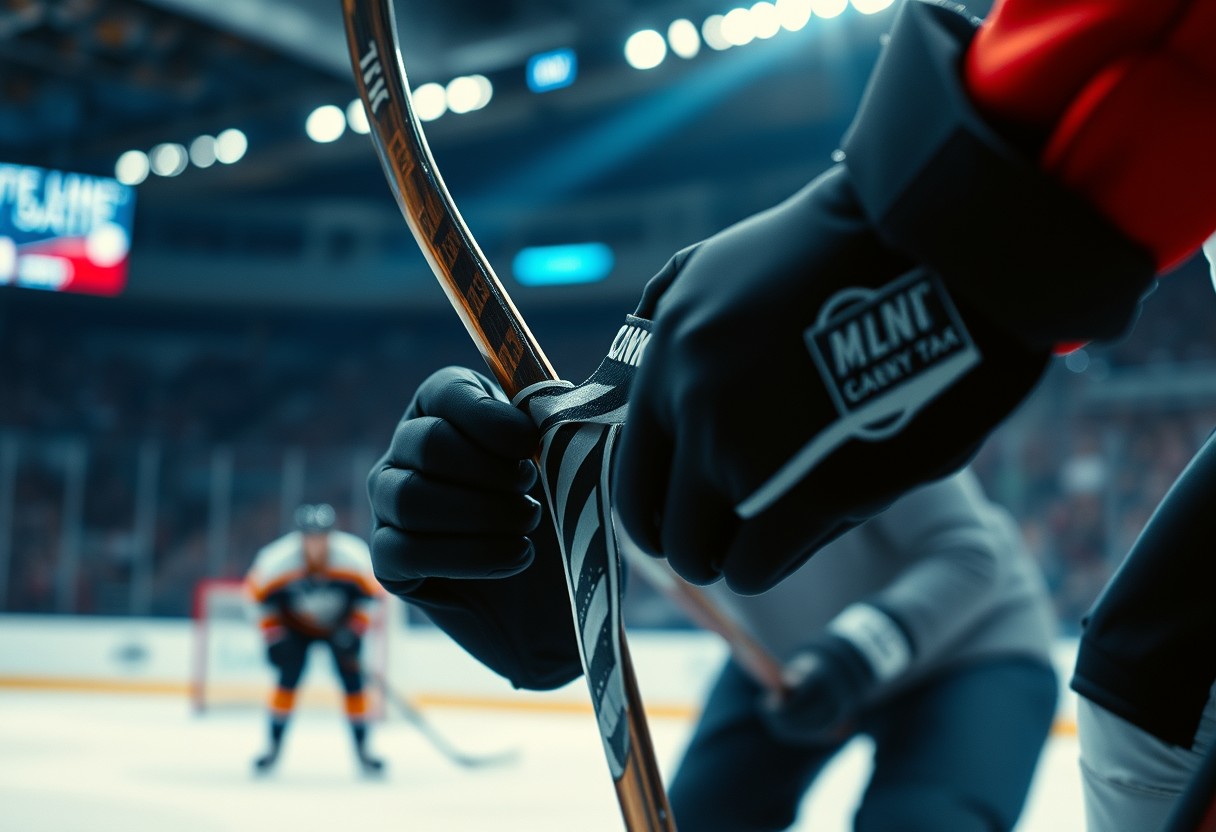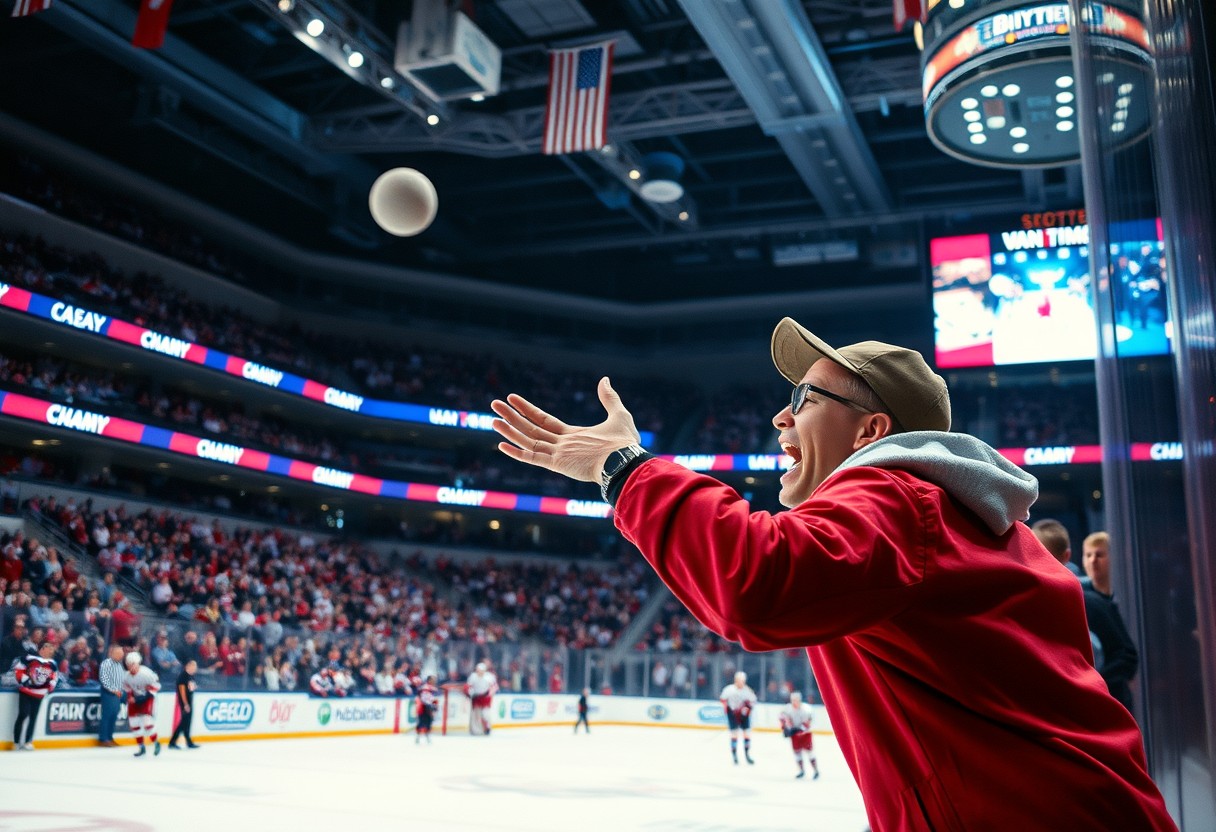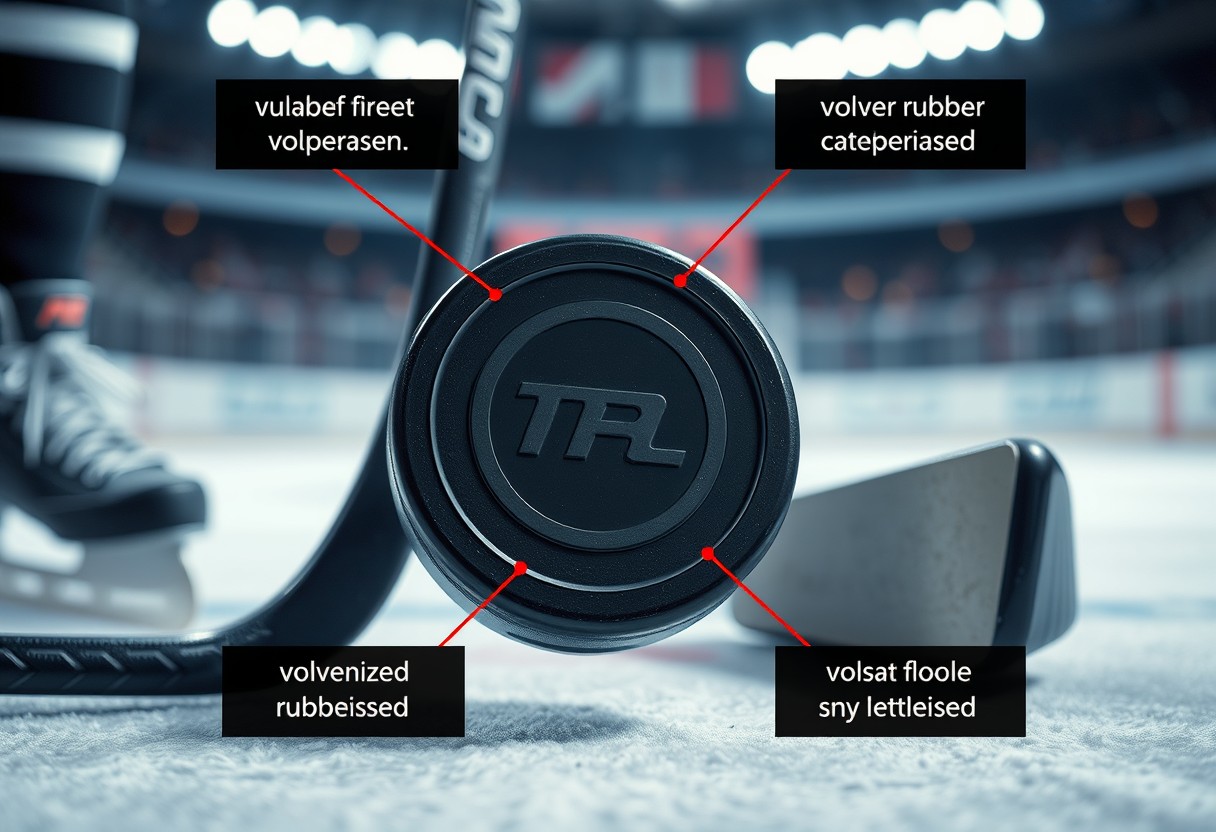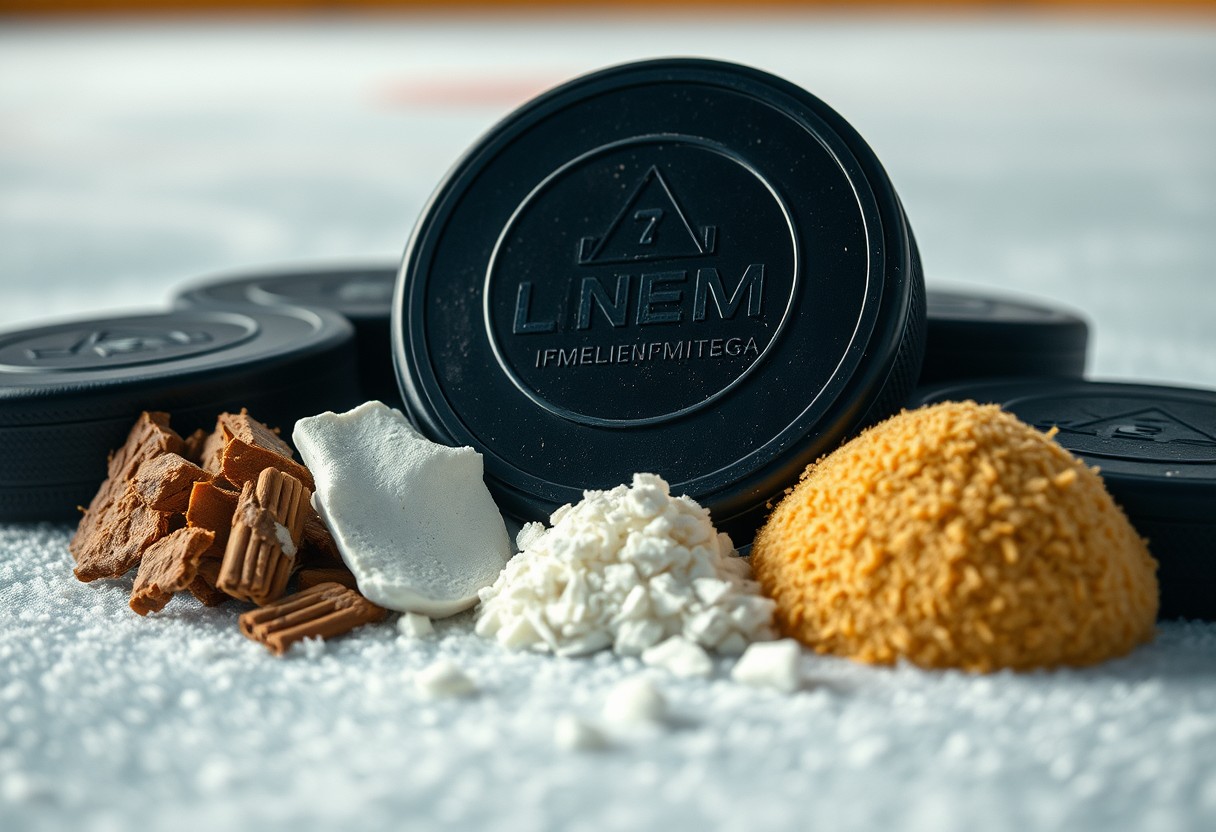Just like any other sport, hockey players use various techniques to enhance their performance, and one of the most common practices is taping their sticks. You might wonder why this simple act is so vital in a fast-paced, high-impact game. Taping serves several purposes, from improving grip and puck control to protecting your stick from damage. Understanding these reasons helps you appreciate the strategy behind this vital aspect of the game, and how it can significantly impact your performance on the ice.
Key Takeaways:
- Improved Grip: Taping sticks enhances the player’s grip on the puck, allowing for better control and precision during play.
- Personalization: Each player develops their own preferred taping style, which can affect shooting technique and overall performance on the ice.
- Protection: Taping provides imperative protection to the stick’s blade, reducing the wear and tear from impacts with pucks and sticks during games.
The Importance of Stick Taping
For any hockey player, whether you’re a novice or a seasoned pro, the tape you apply to your stick serves multiple vital purposes. It’s not just an aesthetic choice; it significantly affects your performance on the ice. Proper stick taping can enhance grip, improve puck control, and increase shot accuracy, all of which can make the difference between a successful play and a missed opportunity.
Enhanced Grip
The most immediate benefit you’ll notice from taping your stick is the enhanced grip it provides. The texture of the tape creates friction, allowing for a more secure hold on your stick, especially during tight plays or when battling opponents. When you place your hands on the grip tape, you’ll find that you can maneuver your stick with more confidence and precision, reducing the chances of slipping during a critical moment.
The importance of grip cannot be overstated in hockey. When you’re skating at high speeds or engaging in physical play, having a stable grip on your stick means you can maintain better control of the puck. Losing your grip can lead to turnovers and ineffective plays, impacting not just your game but potentially the entire team’s performance.
Improved Puck Control
Grip is crucial when it comes to puck control as well. The right taping technique allows you to dictate how you handle the puck, whether you’re making quick dekes or maintaining possession while surrounded by defenders. When your stick has a properly taped blade that fits your playing style, you can develop a keener sense of touch, enhancing your ability to maneuver the puck effectively.
Another aspect of improved puck control involves ensuring the blade’s bottom face is adequately taped. Players often choose to tape their sticks in different patterns—some prefer a full blade tape while others opt for a simple ‘D’ cut. Experimenting with different taping methods can help you find what best suits your handling style, enabling you to maintain possession more effectively during games.
Shot Accuracy
Grip plays a significant role in shot accuracy, as the right tape allows you to exert better control over your shots. When you wind up for a shot, a well-taped stick provides you with a solid surface to secure your hands and ensure that your movements translate into precision. You’ll notice a direct correlation with how well you tape your stick and the accuracy of your shots; the more consistent your grip, the more reliable your aim.
With every shot you take, the feedback you receive from your stick can help you hone your technique. When the grip is optimal and feels natural in your hands due to proper taping, you’re more likely to hit your target. Take the time to invest in the right taping practices, and your shot percentage will likely improve, making you a more formidable opponent on the ice.
Material Choices for Tape
Clearly, when it comes to taping your hockey stick, selecting the right type of material plays a crucial role in enhancing your performance on the ice. Understanding the different types of hockey tape can help you make informed choices that suit your playing style and needs.
Types of Hockey Tape
To dive deeper into hockey tape, you’ll find various materials designed to offer different benefits. Below, I’ve outlined the key types of tape available, each serving unique functions:
| Type | Description |
| Cloth Tape | This is the most commonly used tape, known for its durability and versatility on the stick blade and shaft. |
| Gordie Howe Tape | A thicker variant that offers extra grip and is preferred by players seeking enhanced control. |
| Polyethylene Tape | This waterproof tape is great for outdoor play or wet conditions, as it resists moisture. |
| Electrical Tape | Although not hockey-specific, some players use this for its great stickiness and stretchability. |
| Vinyl Tape | This type of tape is lighter and can be an option for those looking for a minimalistic approach. |
Thou can select the type of tape that fits your specific needs, leading to improved grip, control, and protection of your stick. Understanding these options empowers you to enhance your game effectively.
Color Variations and Preferences
For many hockey players, the selection of tape color goes beyond aesthetics; it can also convey personal style or team spirit. You might notice that players often gravitate towards specific colors, which can sometimes relate to their teams’ colors or even personal superstitions. Common choices include black, white, and clear tape, allowing you to match or stand out based on your preference.
Understanding your options is vital when choosing the color of your hockey tape. Different colors may also serve functional purposes; for example, bright colors can improve visibility on the ice, while darker colors might offer a classic look that some players prefer. Tape contrasts can also help teammates recognize your stick during fast-paced plays, thereby influencing strategic decisions during games.
Tape choices can also be influenced by other players’ preferences, team aesthetics, and even personal performance beliefs. After all, every player wants their gear, including their stick tape, to reflect their unique identity on the ice.
Alternative Materials
Material choices for hockey tape are not limited to the conventional options. As you explore the world of hockey gear, you may encounter some interesting alternatives that players have begun to adopt. These alternatives can provide distinctive advantages that traditional tape may not offer, including increased durability and specialized grip capabilities.
Hockey players are constantly innovating and adapting, and the use of alternative materials, such as specialized grip textures or synthetic films, allows players to express their individuality while focusing on performance. Experimenting with these options can lead to discovering new ways to enhance your gameplay, giving you the edge you desire on the ice.
Techniques for Taping
Despite the seemingly simple act of taping a hockey stick, there are several techniques players can use to customize their gear for optimal performance. From beginners to advanced players, understanding the methods of taping can enhance your grip, control, and ultimately your game. Let’s explore the various ways to tape your stick effectively.
Basic Taping Methods
With basic taping methods, you can establish a foundation that meets your preferences and playing style. Start by cleaning the area of the stick where you’ll apply the tape, ensuring a smooth surface for a strong bond. Cut a piece of tape to your desired length and begin wrapping it around the shaft, ensuring a tight and consistent spiral without any overlaps. Make sure to cleanly finish your taping with a crisp edge, securing the end of the tape to prevent it from unraveling during play.
It’s also important to consider the amount of tape you use. A thicker layer can provide a firmer grip, while a more streamlined approach allows for quicker stickhandling. Experimenting with different thicknesses will help you find the right balance for your game, whether you’re looking for added control on the puck or a lighter touch for finesse plays.
Taping the Blade vs. the Shaft
To maximize your stick’s effectiveness, you should understand the difference between taping the blade and the shaft. The blade tape adds texture and grip, which is important for better puck control and shooting accuracy. On the other hand, taping the shaft primarily serves to improve your grip and can also provide a bit of cushioning during gameplay. It’s common for players to personalize their setup with varying amounts of tape on both sections, and finding the right combination can significantly influence your performance on the ice.
Taping the blade typically involves using a specific pattern, often covering the heel and a portion of the toe, allowing for greater puck feel and manipulation. The shaft, however, requires a technique that balances grip and performance. The placement of tape along the shaft can also affect your glove fit, so consider your preferences while you tape both areas.
Common Mistakes to Avoid
Methods to avoid common mistakes when taping your stick can lead to improved performance and longevity. One common blunder is applying tape too loosely, which can result in shifts during gameplay and distraction at crucial moments. Additionally, make sure not to overdo the amount of tape; excessive layers can hinder your control and affect your shooting accuracy negatively. Pay close attention to where and how you place the tape, as this can significantly impact your stickhandling and shooting style.
Furthermore, ensure that you avoid wrapping the tape in inconsistent patterns or leaving air bubbles underneath the tape. These imperfections can break the contact between your hand and the stick, diminishing grip and control. Being meticulous about your taping technique can pay off tremendously during game time.
Shaft tape can also be deceiving. While it may seem like a minor detail, using the wrong type of tape or damaging the stick by pulling it off too aggressively can compromise your entire setup. Always take your time when applying or removing tape to maintain your equipment properly.
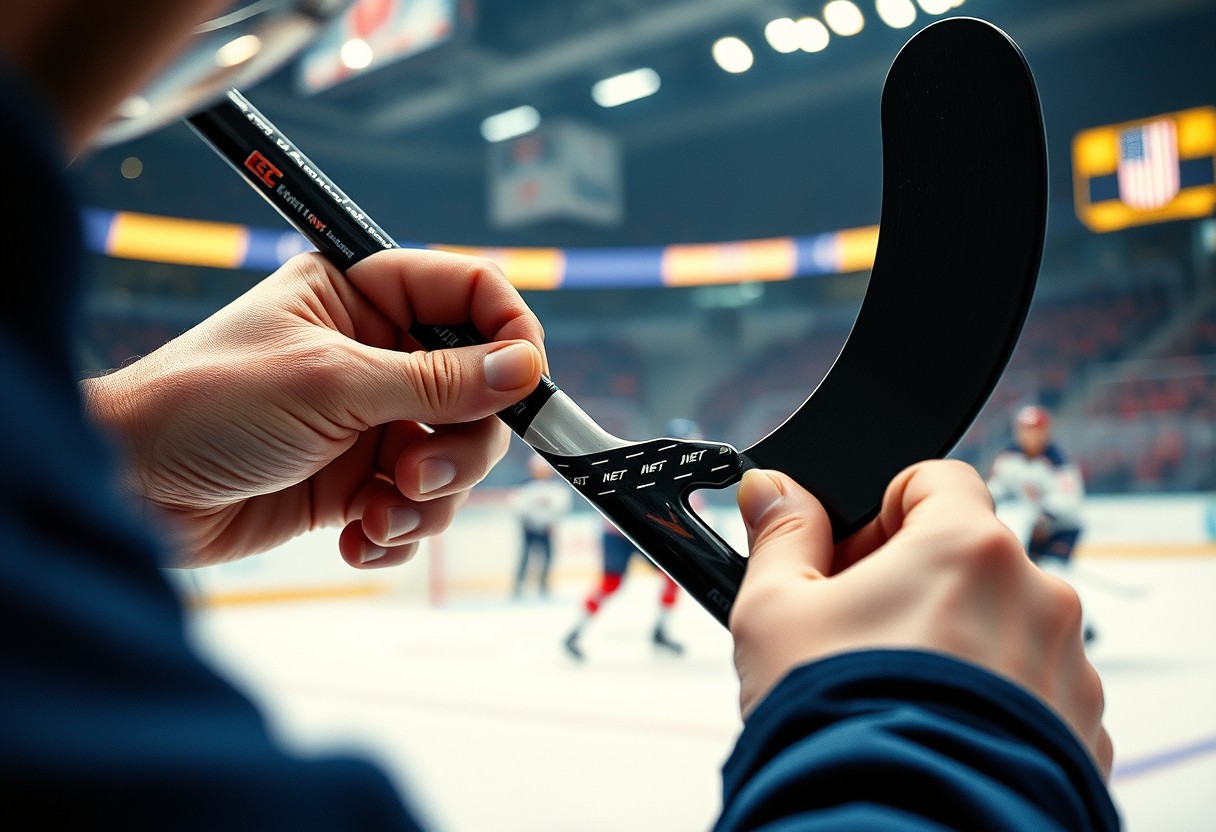
Maintenance and Care of Taped Sticks
Unlike many other aspects of hockey equipment, the maintenance and care of your taped stick can significantly impact your performance on the ice. Keeping your tape in good condition ensures a better grip on the puck and greater overall control during play. Taking the time to care for your stick properly can make a noticeable difference in your game, so it’s vital to establish a routine that suits your playing style.
Frequency of Re-taping
Retaping your stick is crucial for maintaining optimal performance. While there’s no one-size-fits-all answer to how often you should re-tape, many players find themselves needing to do this after every practice or game. This frequency can depend on various factors, including the intensity of your sessions and the wear you put on your tape. Factors such as your position on the ice can also dictate how often you should consider re-taping; for example, forwards may require more frequent re-taping compared to defensemen.
Keep an eye on your tape after each game or practice. If you notice it starting to fray, lose its grip, or become wet and sticky, it’s likely time for a refresh. Regular re-taping not only helps maintain optimal grip but can also prevent stick damage, ensuring that your stick lasts longer overall.
Proper Storage Conditions
Conditions play a significant role in the longevity of your taped stick. When not in use, your stick should be stored in a cool, dry place away from direct sunlight or extreme temperatures. Exposure to heat can cause the adhesive on the tape to degrade, while moisture can promote any potential build-up of unwanted mold or mildew. Proper storage is vital for protecting both the tape and the stick shaft itself, as a damaged stick will impact your performance on the ice.
With proper storage, you can extend the life of your taped stick significantly. Always ensure that your stick is kept upright and avoid leaning it against walls or placing heavy objects on top of it. This will prevent unnecessary bending or warping of the stick material, maintaining its structural integrity for the long haul.
Signs of Wear and Tear
Sticks will inevitably show signs of wear and tear over time, and recognizing these signs is crucial for maintaining your performance. Common indicators include frayed tape edges, loss of elasticity in the tape, or even visible cracks in the stick itself. These issues can hinder your grip and control of the puck, impacting your game negatively. Therefore, it’s vital to keep a close eye on your equipment at all times.
This awareness can save you from potential embarrassment on the ice due to a malfunctioning stick. Being proactive in replacing worn-out tape and regularly inspecting your stick for structural integrity will not only boost your confidence but also enhance your overall game. Emphasizing maintenance will ensure your performance remains at its peak, allowing you to focus on what truly matters — scoring goals and supporting your teammates.
Psychological Aspects
To understand the significance of stick taping in hockey, it’s crucial to examine the psychological elements that come into play. Every athlete knows that the right mindset can be just as important as physical preparation, and for hockey players, the ritual of taping their sticks serves as more than just a practical tool—it is often a mental exercise that helps you prepare for the game. Taping your stick can provide a sense of routine and control, which can be vital when you’re facing the unpredictability of competition. The intention behind this ritual can help boost your confidence level and reinforce a positive attitude going into each game or practice.
Superstitions in Taping
Superstitions play a significant role in the world of sports, and hockey is no exception. Many players associate the way they tape their sticks with their performance, believing that a particular method or pattern could bring them luck. You might find it interesting to hear how some players adhere to specific ways of taping, insisting that if they stray from their routine, it could lead to a poor performance. The psychology behind this can be quite powerful; embracing these superstitions helps you feel more in control of the outcome, even if it is somewhat irrational.
Furthermore, these rituals can create a sense of camaraderie among teammates. When you share similar customs and taping techniques, it can foster a deeper connection within the team. If you feel that your stick tape routine links you to your teammates’ performances, it amplifies the psychological comfort you get from the pre-game preparations. As you engage in this familiar activity, it can ground you and lessen any pre-game jitters you might feel.
The Mental Edge of a Well-Taped Stick
To maximize your performance on the ice, a well-taped stick can provide you with that necessary mental edge. When you take the time to tape your stick carefully, you’re not just reinforcing its functionality; you’re reinforcing your commitment to the game. Knowing that your equipment is in the best possible condition gives you the confidence to focus on your skills rather than worrying about the reliability of your gear. This aimed focus can translate into improved gameplay, as you’re equipped both physically and mentally for the task ahead.
Stick taping can also serve as a valuable mindfulness practice. By focusing on the repetitive motions and the tactile sensations involved in the taping process, you can clear your mind of distractions and anxieties. This mental clarity can help position you for success as you enter the rink, knowing you have done everything possible to prepare. Whether you are prepping for a game or rather witnessing another player taping their stick, the process becomes a shared experience embedded in your hockey culture, promoting a collective mentality focused on excellence.
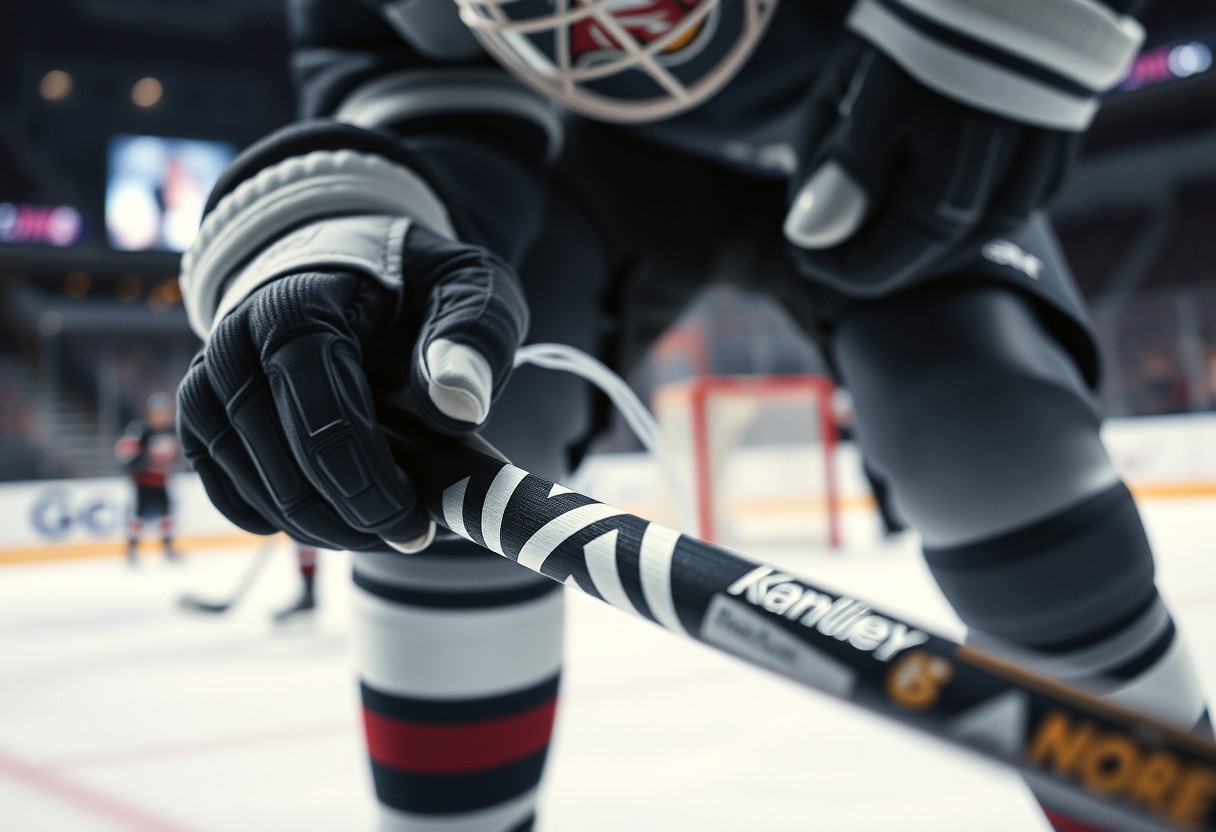
Innovations in Stick Technology
To truly understand the importance of taping your stick, you must first explore how hockey sticks have evolved over the years. The world of stick design has witnessed remarkable advancements, from the traditional wooden sticks to modern composite materials. Early hockey sticks were primarily made from solid wood, offering limited flexibility and weight considerations. As materials began to advance, the introduction of fiberglass and aluminum helped revolutionize the game, leading to sticks that enhance performance while catering to players’ individual needs.
Evolution of Stick Design
Stick design has undergone a significant transformation over the past few decades. Today’s hockey sticks are engineered to optimize energy transfer, control, and shot accuracy. Innovations such as varying kick points and blade shapes allow players to select sticks that align with their playing style, whether you prefer a quick wrist shot or a powerful slap shot. This tailored approach to stick design has not only improved individual performance but has also raised the overall standard of play in hockey.
Impact of Taping on Performance
To maximize your performance on the ice, understanding the role of taping your stick is crucial. Taping enhances grip, providing you with better control over your stick during gameplay. Whether you’re shooting, passing, or carrying the puck, the grip that tape offers is crucial in ensuring that you maintain optimal control. Additionally, taping the blade influences how it interacts with the puck, impacting your shot and puck handling ability.
Understanding the impact of taping can help you determine how to achieve an edge over your competition. The texture created by the tape can either enhance or diminish your ability to control the puck effectively. For example, a well-taped blade can lead to improved puck feel and better shot accuracy, while a poorly taped stick might hinder your ability to make precise plays. By focusing on the quality and technique of your taping, you can align this time-honored practice with modern stick technology.
Future Trends in Stick Technology
Technology continues to evolve in hockey sticks, promising exciting advancements on the horizon. As performance demands increase, manufacturers are invested in creating smart sticks, equipped with sensors to provide you with real-time feedback on your shooting power, angle, and accuracy. These innovations aim to enhance your training by offering key insights into your performance and helping you refine your skills over time.
Furthermore, manufacturers are exploring sustainable materials to create eco-friendly options without compromising performance. As you look ahead, be prepared for sticks that not only deliver exceptional performance but also uphold environmental standards. The future of stick technology will likely focus on personalization, allowing you to customize your equipment to meet your specific needs and playing style.
Taping will also continue to evolve alongside these technological advancements. In the future, you might see tapes designed with unique properties, such as anti-slip features or enhanced durability, which will further improve your grip and control. Staying informed about these trends will help you maximize your performance while keeping pace with the ever-changing landscape of hockey.
Summing Up
With these considerations, it’s clear that taping your hockey stick is more than just a matter of personal preference; it’s a crucial element that can significantly impact your performance on the ice. By using tape, you enhance your grip on the puck, which is vital for puck handling and shooting accuracy. Additionally, taping the blade allows you to control the puck better, reducing the likelihood of mishaps during crucial moments in a game. Taping not only adds protection to your stick but also provides you with the edge you need to play at your best.
Moreover, your choice of tape style and technique can further elevate your gameplay. Whether you prefer to go with a single layer for quick puck release or multiple layers for added durability, knowing how to tape your stick can enhance your overall hockey experience. So, as you take the ice, remember that the way you tape your stick is not just about aesthetics; it’s an integral part of your hockey strategy, affecting how you handle the puck and ultimately contributing to your success in the game.

